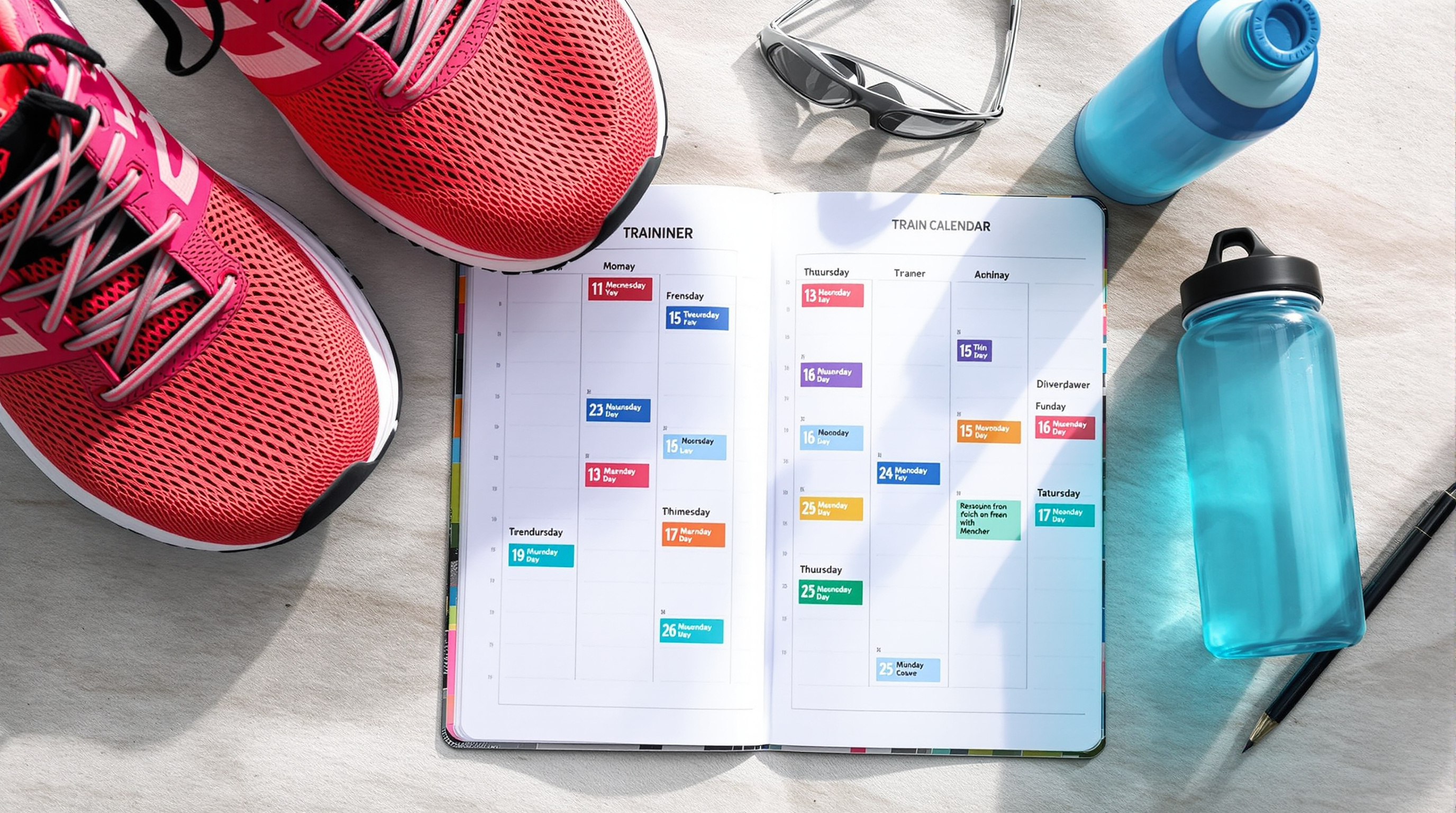The half marathon distance of 13.1 miles represents the perfect challenge for many runners—long enough to be meaningful, yet achievable with proper training. Whether you're running your first half marathon or chasing a personal record, this comprehensive 12-week plan will prepare you for race day success. With 4-5 runs per week and a commitment of 12 weeks, you'll build the endurance, speed, and confidence needed to cross that finish line strong.
Understanding the 12-Week Training Cycle

Effective half marathon training follows a structured progression through three distinct phases, each building upon the last to develop your running fitness systematically.
Phase 1: Base Building (Weeks 1-4)
Focus on building aerobic endurance through easy-paced runs. Your body adapts by increasing capillary density, strengthening tendons and ligaments, and developing aerobic capacity. Weekly mileage starts conservatively and builds gradually using the 10% rule.
Phase 2: Peak Training (Weeks 5-9)
Introduce tempo runs and interval training while continuing to extend your long run. This phase develops lactate threshold and running economy. Peak weekly mileage occurs during weeks 7-8, challenging your body while allowing recovery.
Phase 3: Taper (Weeks 10-12)
Reduce volume by 20-30% while maintaining intensity through shorter quality sessions. The taper allows your body to recover fully while maintaining fitness, ensuring you arrive at the start line fresh and ready to perform.
Learn more: Runner's World Training Plans | American College of Sports Medicine


